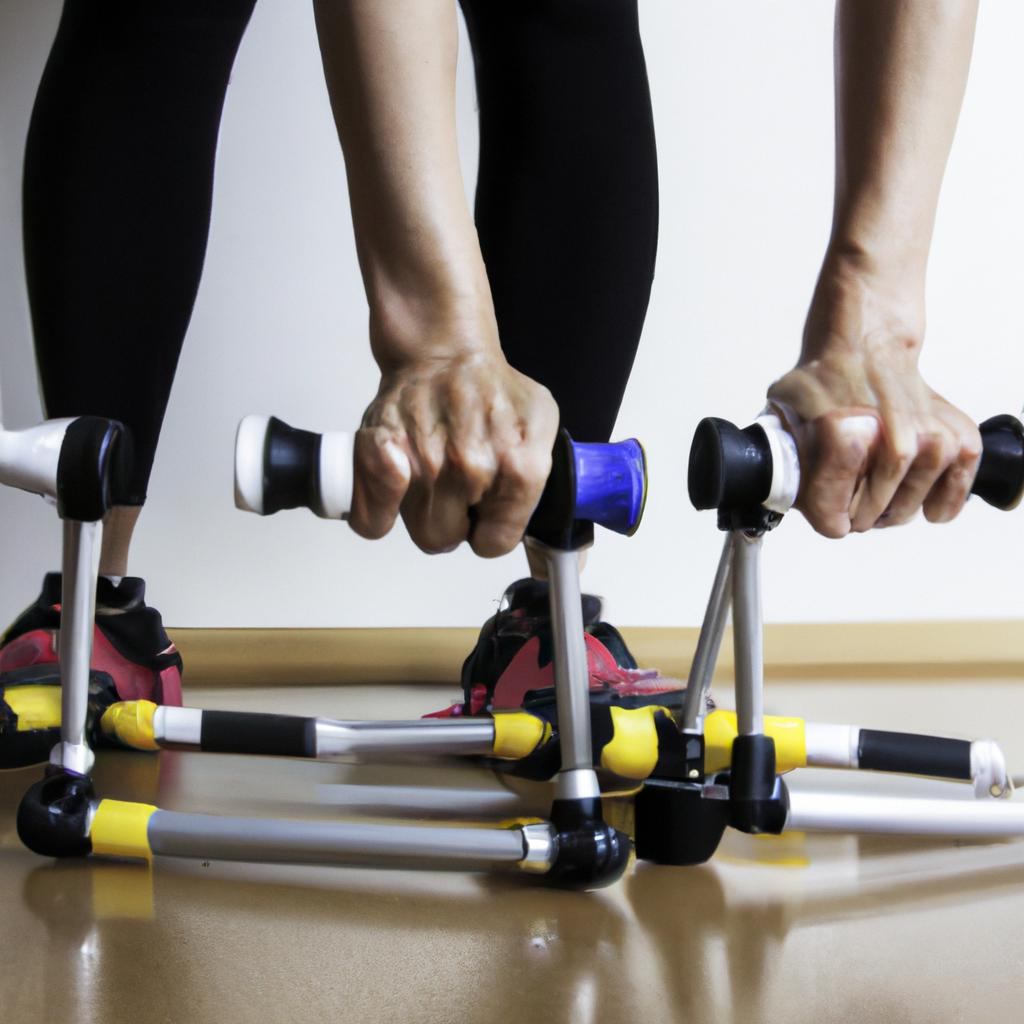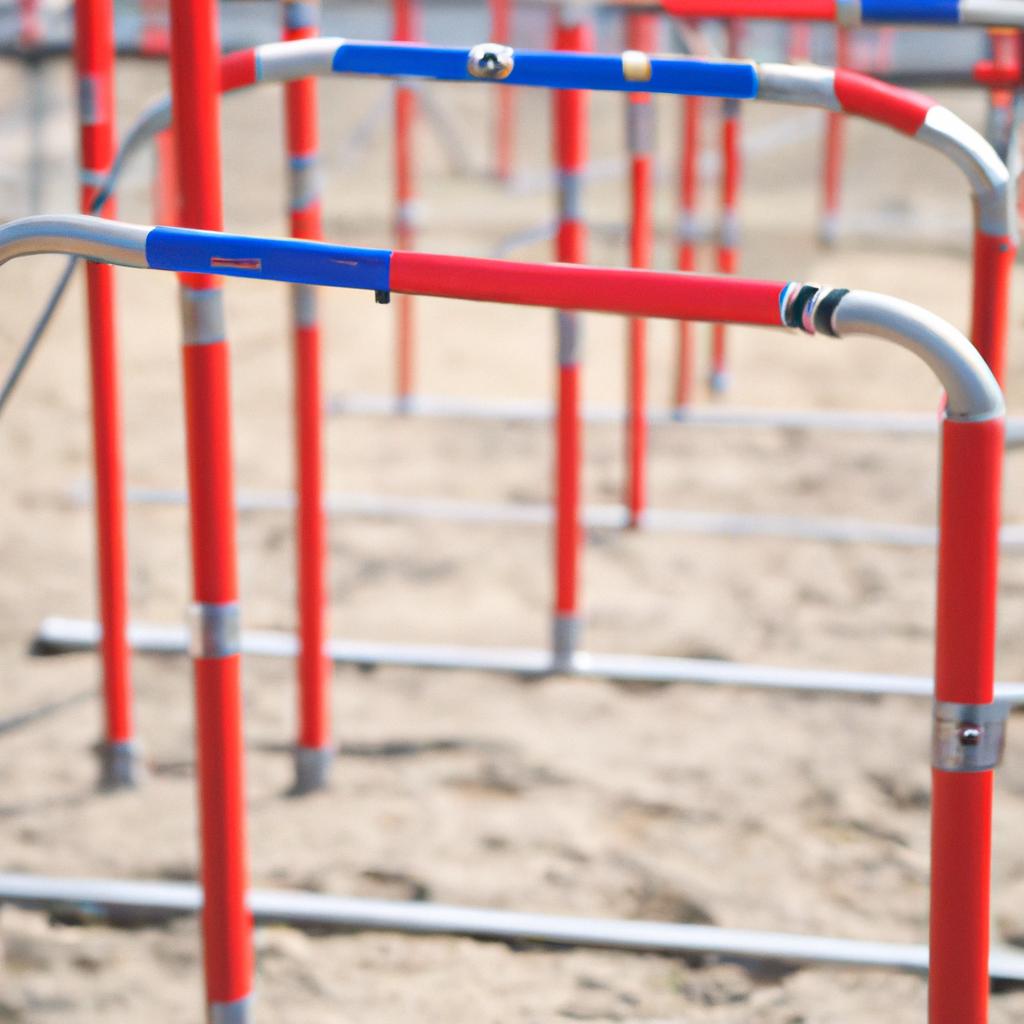**”The Role of Postural Alignment in Enhancing Athletic Performance: Techniques for Improving Body Mechanics Across Different Sports”**
**The Role of Postural Alignment in Enhancing Athletic Performance: Techniques for Improving Body Mechanics Across Different Sports**
In the competitive world of sports, where fractions of a second can determine victory or defeat, every detail counts. One often-overlooked aspect of athletic performance is postural alignment. Proper alignment enhances body mechanics, reduces the risk of injury, and improves overall efficiency in movement. Whether you’re a sprinter, a swimmer, or a basketball player, understanding the importance of postural alignment can help you unlock your full potential. In this blog post, we will explore the role of postural alignment in sports performance, techniques for improving body mechanics, and the benefits of maintaining optimal posture.
## Understanding Postural Alignment
### What is Postural Alignment?
Postural alignment refers to the way the body is positioned in relation to gravity and its center of mass. Proper alignment means that the joints, bones, and muscles are in an optimal position, allowing for efficient movement and reducing strain on the body. Misalignment can lead to compensatory movements, which increase the risk of injury and hinder performance.
### The Importance of Postural Alignment in Sports
Athletic performance relies heavily on the body’s ability to move efficiently. Proper postural alignment allows athletes to generate power, maintain balance, and execute movements with precision. For instance, in running, a well-aligned posture contributes to optimal stride length and frequency, while in weightlifting, it ensures that force is directed appropriately through the joints.
## Techniques for Improving Body Mechanics
### Assessing Posture
Before making any changes, it’s essential to assess your current posture. This can be done through self-assessment techniques such as standing against a wall or using video analysis. Look for common postural deviations like rounded shoulders, forward head posture, or excessive curvature of the lower back. Identifying these issues is the first step toward improvement.
### Stretching and Strengthening Exercises
#### Stretching for Flexibility
Incorporating stretching routines into your training can help improve flexibility and postural alignment. Focus on areas that typically become tight due to repetitive movements in your sport. For example, runners may benefit from stretching the hip flexors, while swimmers should focus on shoulder mobility.
#### Strengthening Key Muscles
Strengthening the core, back, and hip muscles is crucial for maintaining good posture. Exercises like planks, bridges, and rows can help build the necessary strength to support proper alignment during athletic performance. Additionally, incorporating functional movements that mimic your sport will help reinforce these patterns.
## Nutrition Tips
Nutrition plays a pivotal role in maintaining optimal postural alignment and overall athletic performance. Here are some tips to consider:
1. **Stay Hydrated:** Dehydration can lead to muscle stiffness and decreased performance. Aim to drink sufficient water before, during, and after training sessions.
2. **Prioritize Protein:** Consuming adequate protein supports muscle repair and growth. Incorporate lean meats, fish, legumes, and dairy into your meals.
3. **Incorporate Anti-Inflammatory Foods:** Foods rich in omega-3 fatty acids (like salmon and chia seeds), fruits, and vegetables can reduce inflammation and support recovery, which is essential for maintaining good posture.
4. **Balance Your Diet:** Ensure you’re getting a mix of carbohydrates, fats, and proteins to fuel workouts and recovery efficiently.
## Exercise Advice
To improve postural alignment and enhance athletic performance, consider the following exercise advice:
1. **Include Mobility Work:** Spend time on mobility exercises to improve joint range of motion. This can include dynamic stretches before workouts and static stretches afterward.
2. **Practice Mindfulness:** Techniques like yoga or Pilates can enhance body awareness, helping athletes recognize and correct poor posture in real-time.
3. **Engage in Cross-Training:** Participating in different sports or activities can help balance muscle development, reducing the risk of postural imbalances caused by repetitive motions.
## Health Benefits
Improving postural alignment offers numerous health benefits beyond athletic performance:
1. **Reduced Risk of Injury:** Proper alignment minimizes the stress on joints and muscles, lowering the likelihood of overuse injuries.
2. **Enhanced Breathing:** Good posture allows for better lung expansion, improving oxygen intake, which is crucial for endurance sports.
3. **Increased Energy Levels:** Efficient body mechanics reduce energy expenditure, allowing athletes to perform at high levels for longer durations.
4. **Improved Overall Well-Being:** Maintaining good posture can lead to less discomfort and pain, contributing to a better quality of life both on and off the field.
In conclusion, postural alignment is a critical component of athletic performance that can significantly enhance body mechanics, reduce injury risk, and improve overall health. By assessing posture, integrating targeted exercises, focusing on nutrition, and understanding the benefits of good alignment, athletes can optimize their performance and longevity in their respective sports. Embracing these practices can lead to greater success and enjoyment in athletic pursuits.















Post Comment